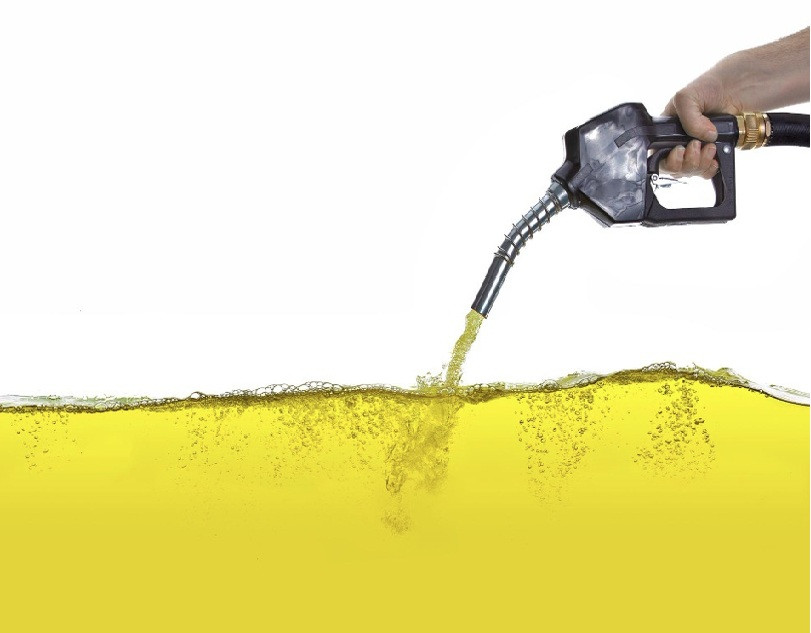Innovative Chemical Solutions: The Role of Halogen Free Additives, Fire Retardants, and Solvent Dyes in Modern Manufacturing
In today’s world, industries are evolving rapidly to meet the growing demands for safer, more sustainable, and efficient materials. Among the most significant innovations in this field are Halogen Free additives, Fire Retardants, and Solvent Dyes, each contributing to environmental safety, performance, and aesthetics. From plastics and textiles to coatings and electronics, these chemical solutions play an essential role in shaping the quality and sustainability of modern products.
The movement toward Halogen Free materials has gained momentum due to environmental and health concerns associated with halogenated compounds. Traditional halogen-based flame retardants often release toxic gases when burned, posing risks to both humans and the environment. In contrast, halogen-free additives provide the same level of flame resistance without producing harmful by-products. They are used extensively in electronics, cables, and building materials to reduce toxic emissions and improve recyclability. By eliminating halogens, industries not only comply with strict environmental regulations like RoHS and REACH but also promote cleaner production and safer end-use applications.
Complementing the benefits of halogen-free materials, Fire Retardants play a critical role in preventing or slowing down the spread of fire in products. These additives are designed to enhance the thermal stability of materials, providing crucial extra seconds for safety and evacuation during fire incidents. The modern generation of fire retardants focuses on environmentally friendly formulations that minimize toxicity and smoke production. For example, phosphorous-based and mineral-based retardants are widely used as alternatives to brominated compounds. They are employed across industries such as automotive, construction, textiles, and electronics—ensuring safety without compromising product quality or performance.
Equally important in industrial chemistry is the role of Solvent Dye. Known for their excellent solubility in organic solvents, these dyes are used to impart vibrant and long-lasting colors to a range of materials, including plastics, fuels, lubricants, and inks. Solvent dyes provide superior color strength, heat resistance, and transparency, making them ideal for high-performance applications. Their chemical stability ensures that the colors remain consistent even under extreme processing conditions. From coloring plastic casings in consumer electronics to enhancing the appearance of automotive interiors, solvent dyes contribute to the visual appeal and brand identity of countless products.
Interestingly, the abbreviation LSD in the chemical and industrial context often refers to “Low Smoke Density” materials or additives, which are closely related to fire safety. Low smoke density formulations are designed to reduce the amount of smoke generated during combustion, improving visibility and safety during emergencies. When combined with halogen-free and fire-retardant technologies, LSD materials form part of an integrated safety system that ensures maximum protection without environmental compromise.
In conclusion, the synergy between Halogen Free materials, Fire Retardants, Solvent Dyes, and LSD technologies represents the future of responsible manufacturing. These chemical innovations not only enhance safety and aesthetics but also align with global sustainability goals. As industries continue to prioritize eco-friendly and high-performance materials, these solutions will remain at the forefront of progress, driving a safer, cleaner, and more colorful world.

Comments
Post a Comment